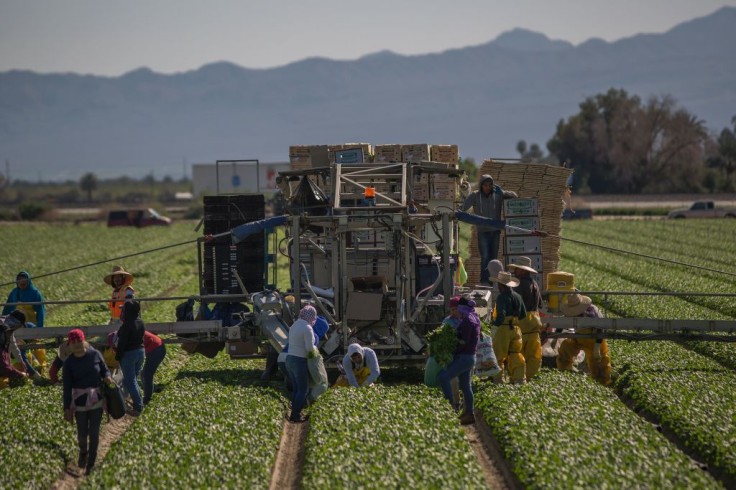
Environmental Working Group (EWG) just released its 2022 Shopper's Guide to Pesticides in Produce. To no one's surprise, strawberries and spinach continued to top the annual list of the "Dirty Dozen" fruits and vegetables containing the highest pesticides levels.
Three greens came in third, with kale, collard, and mustard sharing the spot. Nectarines came in fourth, followed by apples which ranked fifth on the list. Grapes took sixth place in the "Dirty Dozen" list, with bell and hot peppers in seventh. They were followed by cherries and peaches, which ranked eighth and ninth, respectively.
Pears came in tenth this year on the 12 most contaminated foods list, with celery and tomatoes rounding out the "Dirty Dozen" list.
People should still eat the foods included in the "Dirty Dozen" list
Experts made it clear, though, that people should not use this list as a reason to stop eating these foods. The fruits and veggies that made it to this year's list are rich in vitamins, minerals, fiber, and antioxidants that people need to fight against chronic disease.
Alexis Temkin, a toxicologist at the EWG with expertise in toxic chemicals and pesticides, told CNN that if the things you love to eat are on the "Dirty Dozen" list, they recommend buying organic versions when you can.
Temkin added that several peer-reviewed studies and clinical trials have looked at what happens when people switch to a fully organic diet. Results show that concentrations and measurements of pesticides among consumers decreased very rapidly.
EWG's report said consumers could also consult the "Clean Fifteen," a list of produce they found to have the least pesticides. According to the report, nearly 70 percent of the fruits and vegetables on the "Clean Fifteen" list had no detectable pesticide residues, while just under 5 percent had residues of two or more pesticides.
Read Also : Miracle Escape For Brooklyn Dad Marco Diaz And His 2 Kids After Car Hits Them on NYC Sidewalk
Avocados, sweet corn, and sweet peas (frozen) top the "Clean Fifteen" list
Among the 46 foods EWG tested, avocados had the lowest levels of pesticides, followed by sweet corn, pineapple, onions, and papaya, according to a report by EcoWatch. Rounding out the top 15 are sweet peas (frozen), asparagus, honeydew melon, kiwi, cabbage, mushrooms, cantaloupe, mangoes, watermelon, and sweet potatoes.
The EWG report has been issued yearly since 2004, and it uses test data from the U.S. Department of Agriculture to rank 46 foods that are the most and least contaminated with pesticide residues. The USDA staffers prepare the food as consumers would for the study. They wash, peel or scrub the fruits and veggies before testing each item's pesticide content.
Many samples of the 46 foods included in the report tested positive for multiple pesticides, including fungicides and insecticides. According to the report, over 90 percent of strawberries, spinach, nectarines, cherries, grapes, and apples tested positive for residues of two or more pesticides.